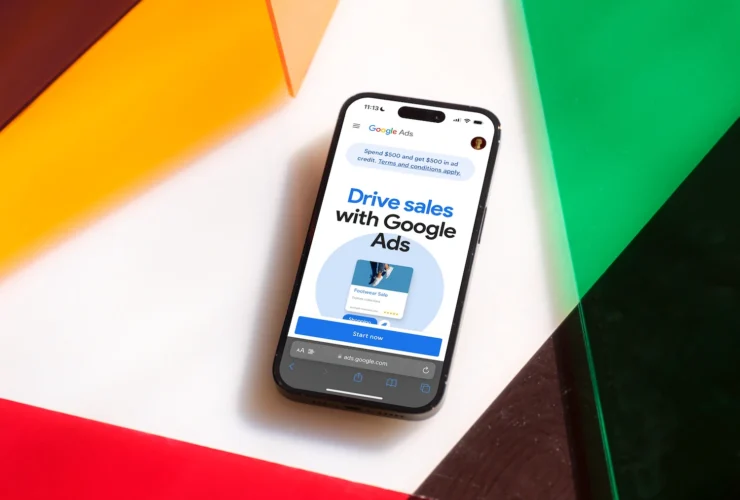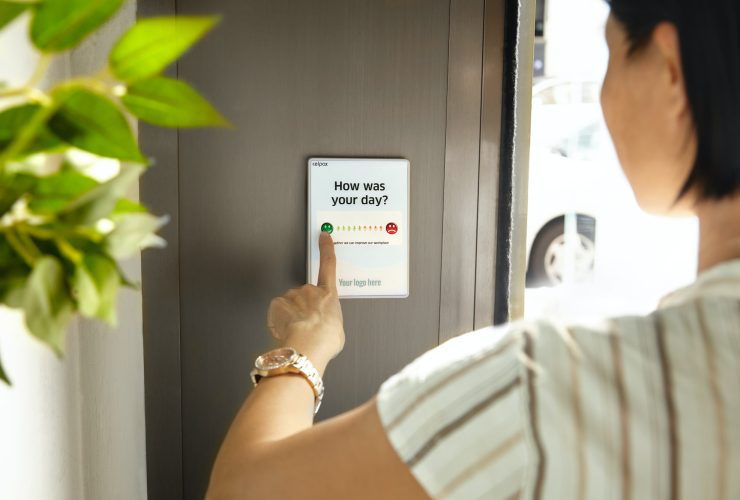15 Surprising Statistics about the Internet in 2017
The Internet is a fascinating place: fast-paced, always changing, and always throwing more than one surprise our way. Here are some of the most interesting (and surprising) stats about the Internet and how people are using it in 2017:
1. 17% of all websites use Responsive Web Design, 21% use mdot or .mobi
According to a study by Akamai done in 2015, 17% of all websites surveyed used responsive design, while 21% used separate URLs mobile setup (mdot, .mobi). 62% of websites were based on neither of these approaches and this group includes websites using adaptive web design based on dynamic serving (not using mdot URLs). Interestingly, among the most visited websites adaptive is much more popular than responsive (check out the next point).
2. Mobile users typically wait 6-10 seconds before abandoning a website
According to a study by Kissmetrics, 30% of mobile users wait 6-10 seconds for a website to load on their phone while 16% only wait between 1 and 5 seconds. 33% of mobile users expect the website to load as fast as on a desktop computer or faster. 25% of users surveyed say that the mobile website can be “almost as fast” as the desktop website.
3. 68% of digital media time now spent on mobile devices
The latest report by ComScore revealed that the amount of digital media time spent using mobile devices reached 68% in the U.S. That leaves only 32% of digital media time for using desktop or laptop computers. The smartphone has now become the primary way of getting online and for many users it is the only way to access online content.
4. 750 x 1334 is the most popular smartphone screen resolution in the US
Smartphone makers keep adding pixels to their flagship models, for which QHD (1440 x 2560) is now basically standard.
Don’t worry if these numbers don’t mean much to you – it means that the iPhone 6/6s/7 is the most popular screen size out there.
5. Dark colors are actually better
Dark colors are better than light colors for more traffic (2% vs. 1.31%), pageviews (2.98 vs 2.91), bounce rate (44.4% vs. 46.2%), and average time on site (3.18 seconds vs. 3.15 seconds).
6. On Google Search Results
While the top Google listing still gets about 1/3 of all clicks, the organic results earning the 2nd, 3rd, and 4th spot now receive the other 63% of the clicks, leaving only 4% of clicks for anything lower.
7. On Contact Information
44% of website visitors will leave a company’s website if there’s no phone number or contact information. Having a dedicated contact page and your phone number in several places on your website will work wonders for those patients who want to get in touch.
8. Negative space has been proven to increase comprehension up to 20%.
Want readers to actually understand and remember your content? Leave a little space.
9. More people in the world own smartphones than toothbrushes.
No explanation necessary. The Internet is here to stay, folks.
10. 70% of mobile searches lead to an action within the hour.
That sounds like a conversion rate I can get on board with.
11. 97% of U.S. Internet users look online for local goods and services, more than half of small businesses in the U.S. do not have a website.
That’s a huge opportunity missed for those business that don’t. You’re not one of them, are you?
12. Businesses that are online grow 40% faster than those that are not.
Again…your business has a website, right?
13. More Google searches take place on mobile devices than on computers in 10 countries including the US and Japan.
Your practice website is mobile-responsive, right?
14. 72% of consumers trust online reviews as much as they trust personal recommendations.
That’s why it’s important to not only be on physician review sites, but to regularly check your reputation and manage poor reviews.
15. 62% of companies which designed their website(s) for mobile platforms increased their sales.
So if you want to sell, you’d better have a responsive website.
Sources:








